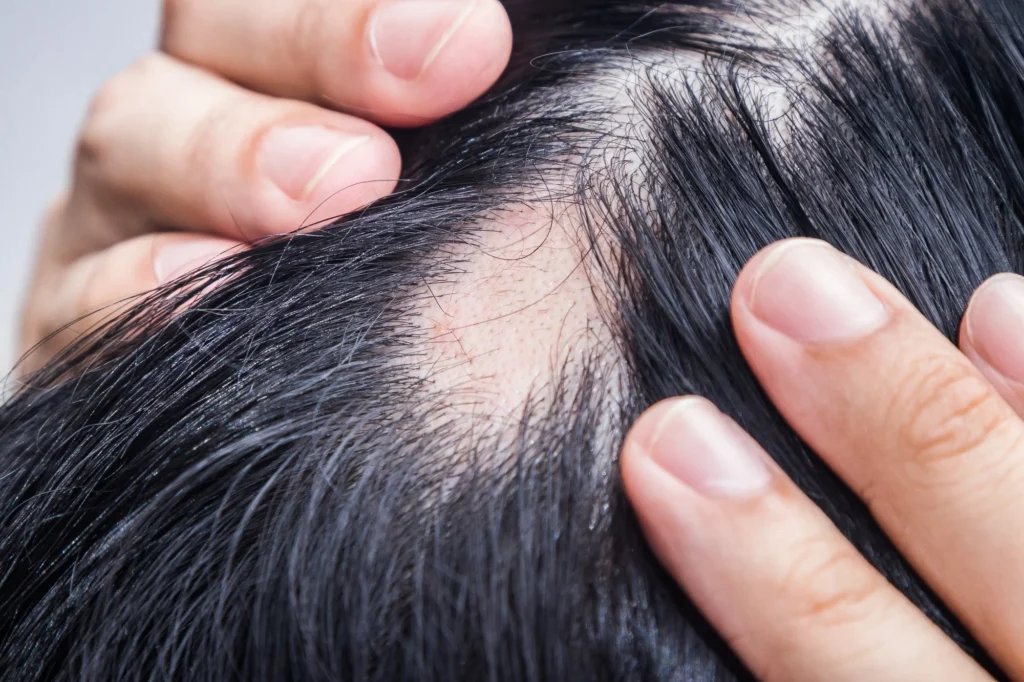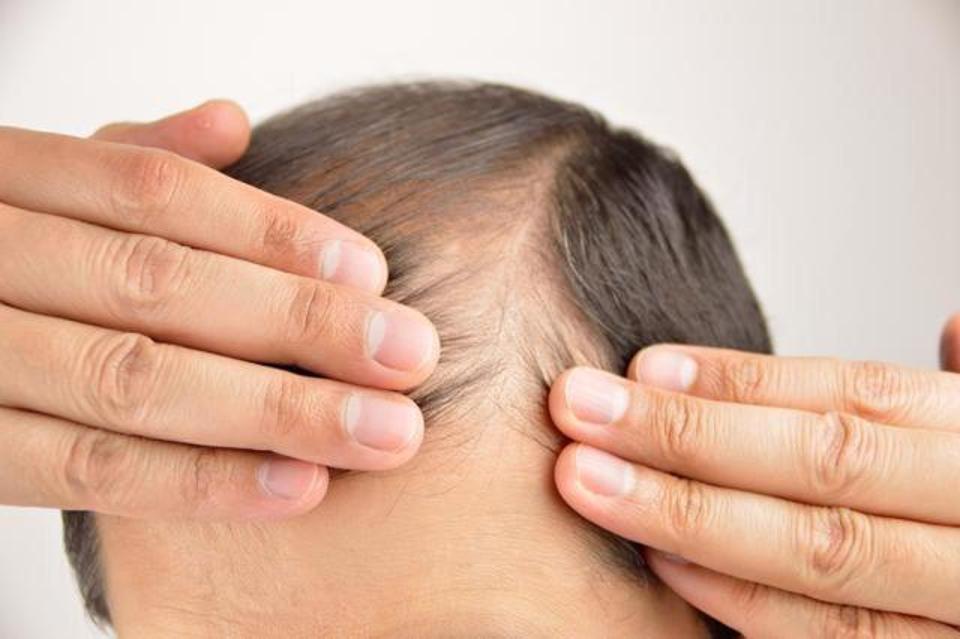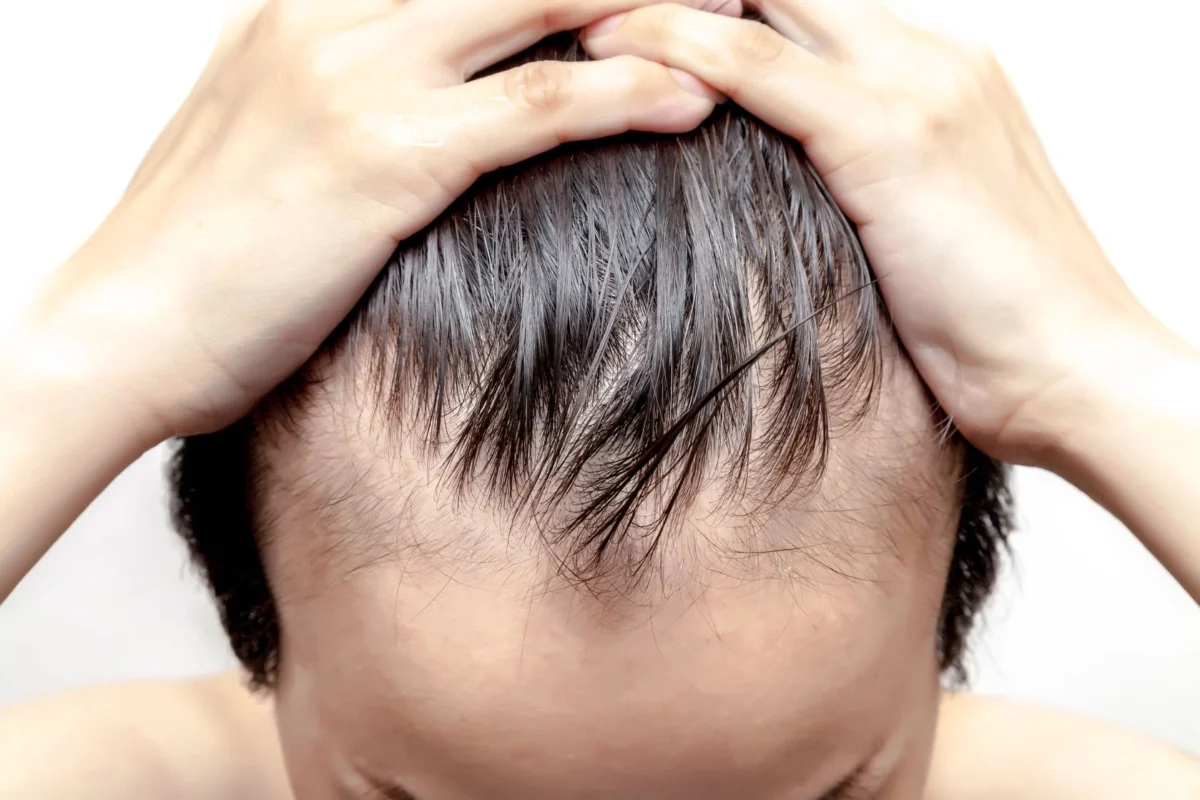Male pattern baldness can be caused by a range of factors, which is why it’s so important to understand the different things that can contribute to the condition. In this article, we take a closer look at some of the causes of male pattern hair loss and explain the important role that genetics plays in the condition. This will help you take the necessary steps to treat male pattern baldness and achieve your hair growth goals this year.
Introducing male pattern hair loss
Male pattern hair loss is sometimes known as androgenetic alopecia. It’s the most prevalent form of hair loss in men and affects millions of men of different ages in the UK every single year. In most cases, men notice thinning around the temples and a receding hairline as the early signs of this condition, and it can happen from any time in your teens to middle age. In other words, you might experience male pattern hair loss at any age, and your susceptibility to the condition is largely determined by your genetics, as we explain below.

Male pattern hair loss and genetics
Studies have found that male pattern hair loss is polygenic. This means that it is almost certainly caused by more than one gene. That being said, the condition is commonly associated with the AR gene, which exists in the X chromosome. A 2012 study learned that men with the gene were twice as likely than those without it to develop male pattern hair loss. Another study – conducted five years later – discovered that as many as 63 genes could contribute to male pattern hair loss, highlighting just how complex the condition can be. As such, while male pattern hair loss is often caused by genetics, predicting whether you will be affected is far from straightforward.
Predicting male pattern hair loss
It’s impossible to definitively predict whether you will be affected by male pattern hair loss. That being said, you can turn to your father and grandfather for an indicator of what might lie in store for you as far as your hair growth and loss are concerned. Specifically, pay close attention to the pattern of your hair and whether you have a receding hairline, as this will help you diagnose male pattern hair loss early and enable you to start treatment as soon as possible. The good news is that there are lots of treatment options available for the condition, so you don’t need to suffer from male pattern hair loss in silence.

Treating male pattern hair loss
Two medications have been clinically proven to treat male pattern hair loss – Finasteride and Minoxidil. When used together, they can block the growth of DHT and stimulate the flow of blood and oxygen to the hair follicles affected by the condition. As a result, you will see an improvement in the health of your hair over time. So, if you notice that your hair is thinning or that you are developing a receding hairline, it makes sense to start treatment as soon as possible.
The bottom line
Ultimately, male pattern hair loss is often caused by genetics, but it’s not easy to pinpoint whether or not you will be affected by the condition. The good news, however, is that you can do something about male pattern hair loss by starting one of the above treatments as soon as you notice the symptoms of the condition.





